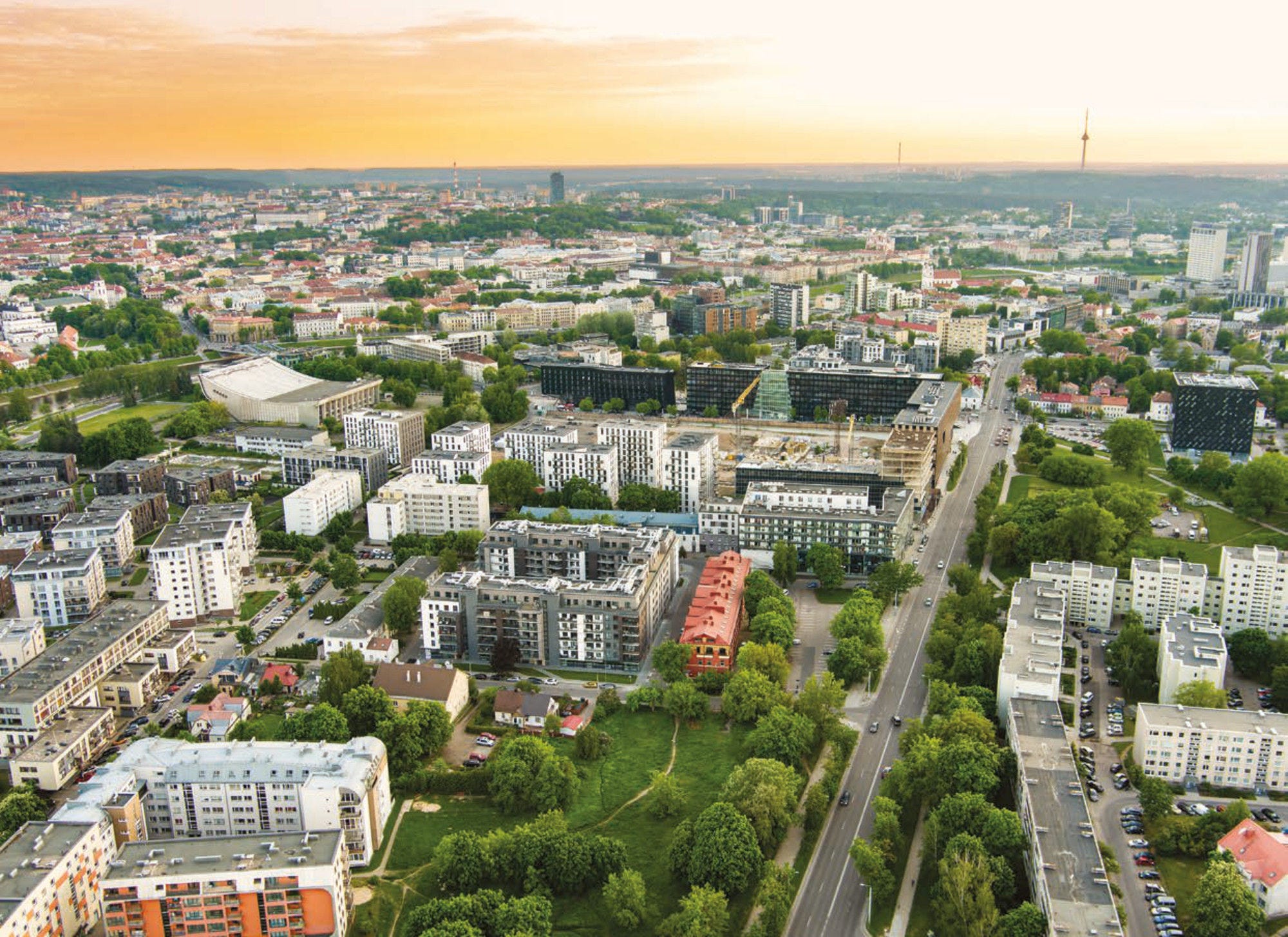The cost-of-living crisis and Russia’s war of aggression against Ukraine have created a challenging context for housing policy makers in Lithuania, as strong inflationary pressures are making it harder for households to make ends meet. As in many OECD countries, the effects of the COVID‑19 pandemic on the housing market linger: in late 2022, housing prices in Lithuania remained over 16 percentage points higher than pre‑pandemic prices in late 2019. Rising construction costs, driven by increases in construction materials and labour, are making it harder to build housing at affordable rates. Since the second half of 2021, construction costs for residential buildings have increased dramatically, with a year-on-year increase of 19% in September 2022 – more than double the growth between September 2020 and September 2021. Meanwhile, a declining, ageing population and persistently high levels of regional disparities could lead to a potential shift in future housing demand.
Similar to neighbouring countries, today’s housing market is a legacy of the generalised privatisation of the state‑owned rental housing stock that began in the early 1990s in the transition to a market economy. Against this backdrop, many Lithuanian households struggle to access good-quality affordable housing. Average household spending on housing is low, but many people live in low-quality housing, unable to afford necessary repairs or a commercial mortgage to move to a higher-quality home. Low household spending on housing is largely driven by the high home ownership rate, with over 9 in 10 households owning their home – the largest share in the OECD. The thin rental market and extremely small social housing sector further constrain access to affordable housing options.
While housing quality has improved in recent decades, progress remains slow. The stock is ageing, energy-inefficient and of poor quality, with critical gaps in basic amenities. Around 8 in 10 residential buildings were constructed before 1993 and have been poorly maintained. Three‑quarters of multi-family dwellings, and the majority of single‑family homes, have a very low grade in terms of energy efficiency, and less than 2% a high grade of energy efficiency. Energy poverty remains a challenge among many low- and middle‑income households, with rates well above the OECD average. These concerns have been exacerbated by the significant rise in energy prices in recent months. Moreover, the need to find agreement across multiple owners in a large multi‑apartment residential buildings – which represent the majority of the Lithuanian housing stock – adds to difficulties in conducting major renovation and interventions aimed at improving the energy efficiency of buildings.
The Lithuanian Government has stepped up housing policy efforts in recent decades, with a range of programmes and partnerships to improve the quality and energy efficiency of the housing stock and better target housing supports to households in greatest need, including a rent compensation scheme in 2015 to help low-income and vulnerable households cover the costs of housing. In parallel, efforts have been made to reduce the stigma associated with social housing tenants, and the government has taken steps to encourage the expansion of the private rental market, including to reduce the “shadow” rental market. Two support schemes aim to help young families purchase a first home: a means-tested subsidy for lower-income young families to help pay for a mortgage or down payment; and a parallel subsidy scheme (which is not means-tested) supports young families to purchase a home outside the main urban areas. Meanwhile, public investment and spending on housing have increased in recent years – and particularly since the onset of the pandemic – yet levels remain very low relative to other OECD countries.
